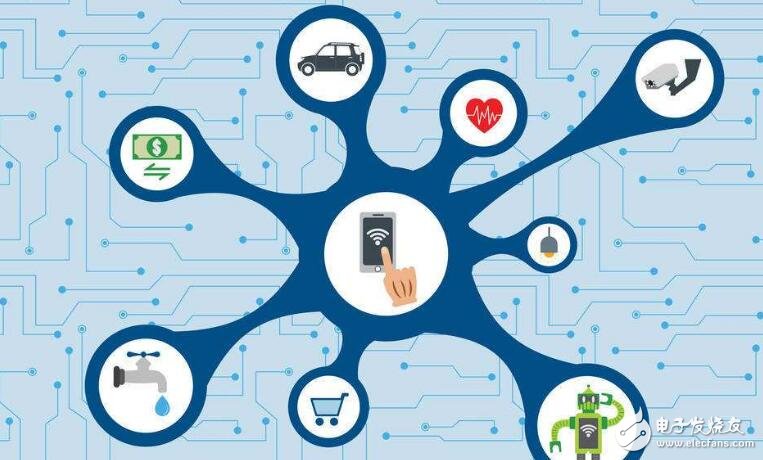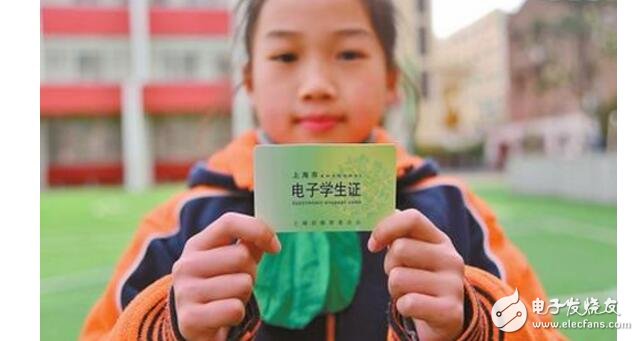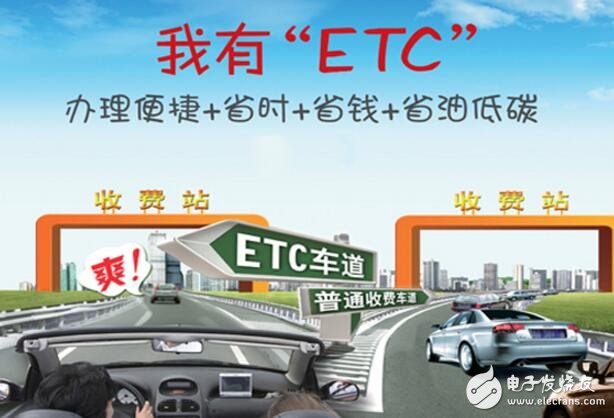The Internet of Things refers to the use of various information sensing devices, such as radio frequency identification, infrared sensors, global positioning systems, laser scanners and other information sensing devices, to connect any item to the Internet and exchange information according to the agreed agreement. And communication to enable a network that intelligently identifies, locates, tracks, monitors, and manages. The Internet of Things has similarities to previous wireless sensor networks, but the Internet of Things is not just a wireless sensor network. There is a big difference between the two. A more appropriate understanding is that the Internet of Things is the product of the convergence of RF technology, wireless sensor network technology, and Internet technology. With the deepening of research and application, users can be more convenient and deeper into people's daily production and life, enabling users to wirelessly (mobile communication networks) through various mobile terminals such as personal mobile phones, personal digital assistants, and personal computers. Wireless LAN, Bluetooth, infrared, etc. or wired networks provide convenient services for people.
Internet of Things architectureThe IoT architecture is divided into three layers: the perception layer, the network layer, and the application layer have reached a broad consensus.
1. The intelligent sensing layer is the entity that senses the network to collect information. It is the foundation of the Internet of Things. It is the core of the Internet of Things. Because of the data information, it can be processed and analyzed. If there is no information Internet of Things, there is no way to talk about it. Start. The collection of IoT information is currently implemented mainly through electronic tags and sensors. The sensing node transmits the collected and measured information to the data center through a wired or wireless network. The network layer network layer transmits the data collected by the intelligent sensing layer to the data center in an appropriate and reliable manner, and realizes the two-way transmission of the data information and the control information of the Internet of Things. These data can be transmitted over mobile cellular networks (2G, 3G), wireless local area networks (WIFI), Bluetooth, infrared, the Internet, and the like.
2. The network layer is the link between the intelligent sensing layer and the application, and provides services for the upper layer application. At present, there are some unresolved problems in the network layer. For example, the routing protocol has not been unified, which causes the heterogeneity of the current Internet of Things.
3. The application layer application layer is to provide corresponding application services after analyzing and processing the collected information. It can be a corresponding specific application service, and can also provide a corresponding program call interface for the user to carry out further application development. The services that can be provided through the Internet of Things are rich, and its applications can be divided into monitoring type (logistics monitoring, pollution monitoring disaster monitoring), query type (intelligent retrieval, remote meter reading), control type (intelligent traffic, smart home, street lighting control). Telemedicine green agriculture), scanning type (mobile wallet, highway no-charge), etc., can provide applications in professional fields, and can also provide popular public services to link the Internet of Things with people's lives and save social labor. And the cost of production and living, to achieve information and intelligence.

The most basic feature of the Internet of Things is the provision of "ubiquitous connectivity and online services" (Ubiquitous ConnecTIvity) with ten basic functions.
Online monitoring: This is the most basic function of the Internet of Things. The Internet of Things business is generally focused on centralized monitoring and supplemented by control. Positioning traceability: generally based on GPS (or other satellite positioning, such as Beidou) and wireless communication technology, or rely solely on the positioning of wireless communication technologies, such as mobile base station based positioning, RTLS and so on.
Alarm linkage: mainly provides event alarms and prompts, and sometimes provides linkage function based on workflow or rule engine (Rule'sEngine).
Command and dispatch: command, dispatch, and dispatch functions based on time scheduling and event response rules. Plan management: Dispose of events generated by things based on pre-defined regulations or regulations.
Security and privacy: Due to the importance of IoT ownership attributes and privacy protection, IoT systems must provide corresponding security mechanisms.
Remote maintenance: This is a service that IoT technology can provide or enhance, mainly for enterprise product after-sales networking services.
Online upgrade: This is a means to ensure the normal operation of the IoT system itself, and is also one of the means of automatic after-sales service of enterprise products.
Leading the desktop: mainly refers to the Dashboard or BI personalized portal. After the multi-layer filtering and refining the real-time information, the responsible person can realize the “clear†of the whole situation.
Statistical decision-making: refers to the function of data mining and statistical analysis of networked information, providing decision support and statistical reporting.
The actual application of the Internet of Things in our lives , the second generation ID cardThe first generation ID card was sealed with a polyester film, and the laser pattern was used for anti-counterfeiting later. The biggest reform of the second-generation ID card is its anti-counterfeiting technology. The second-generation ID card has a directional color-changing "Great Wall" pattern, optical dimming storage "China CHINA", anti-counterfeiting film, and other anti-counterfeiting technologies. The non-contact IC chip card and fingerprint sensing are used, which is a typical IoT basic application.
2. Student ID cards of most universities in ChinaSpeaking of the student ID, I naturally think of campus life. In addition to the yearning and memories of the beautiful youth, the student ID card is an indispensable document accompanying us through the ivory tower. It is well known that students can enjoy their student ID card. Half-price tickets and other discounts, but there are many schools and students in China, so the relevant departments have adopted a unified readable and writable RFID chip embedded in the student card, which stores the information on the number of trains used by the train, which is reduced once per use. And it is difficult to forge and easy to manage.

At present highway toll stations, there is a non-stop charging system, and no one charges. The vehicles passing back and forth need only decelerate to complete the certification and billing, which saves manpower and material resources to a large extent. However, not only the toll system needs to be modified, but also the identification chip needs to be installed on the vehicle. Because it is difficult to install all the vehicles, ETC and manual charging systems are used in many places, but the two are not only compared with RTC. Time and effort are also efficient.

SWITCH SOCKET
Guangdong Shunde Langzhi Trading CO., Ltd , https://www.langzhielectrical.com
